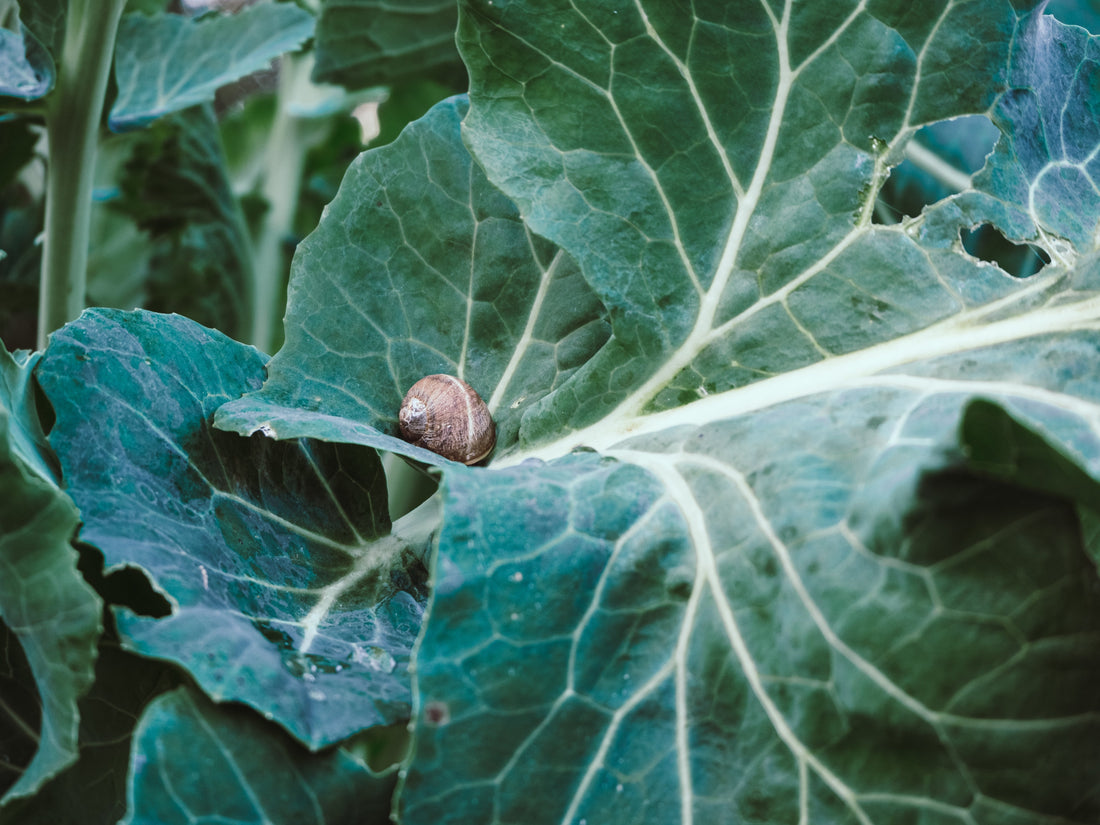Snail scarer!
With the right plant selection, you can prevent slugs from causing major damage in your garden. These plants will spoil their appetite!

Appetite spoiler
Anyone who discovers a telltale slime trail in a flowerbed should act quickly: Garden slugs cause significant damage in spring, as they prefer to feed on new shoots and buds. Their ravenous appetite can destroy a bed of delicacies such as young marigolds (Tagetes), hostas (Hosta), and dahlias (Dahlia), in the worst case overnight. Slug fences or control agents such as slug pellets can only repel these mollusks in small areas. It is much more effective to avoid plants that the large, brownish Spanish slug (Arion vulgaris) and the native, much smaller, and dark gray garden slug (Arion hortensis) avoid. While they generally dislike ferns and grasses, flowering plants should be carefully selected. Slugs don't like the following:
Strong taste and smell:Garlic, onions, and Mediterranean herbs, with the exception of basil, are not on the snail menu. Those who want to benefit from these can plant ornamental alliums (Allium). Lavender, rosemary, and thyme are also extremely decorative garden plants that are guaranteed not to be eaten bare. The mollusks also disdain the leaves and flowers of nasturtiums.
Toxic ingredients:What's harmful to humans is probably not good for snails either. In any case, monkshood (Aconitum), foxglove (Digitalis), lily of the valley (Convallaria), and peony (Paeonia) are safe from predators. However, if you have small children, you should only plant these plants in inaccessible places.
Thick leaves:Slugs stay away from the fleshy stonecrop (Sedum). Succulents such as houseleek (Sempervivum) and spurge (Euphorbia) are also safe. They also have a hard time with the leathery leaves of the bergenia (Bergenia).
Red-leaved leaves:Slugs like lettuce, but planting red-leafed varieties can outsmart the creatures.
Hairy leaves:A downy foliage deters slugs. Therefore, plants such as cranesbill (Geranium), avens (Geum), and geranium (Pellagonium) don't require protection. In contrast, petunias are among the slugs' favorite foods. To play it safe, plant these summer flowers only in hanging baskets and high-hanging containers.
Not all slugs are a nuisance: The patterned snails, which also include the impressive tiger snails (Limax maximus), are actually beneficial to the garden. They prefer to eat wilted plants instead of fresh ones. Flower lovers can also be relaxed about snails; they generally don't cause much damage. Many feed on algae, moss, and wilted plant parts. The large Roman snails (Helix pomatia) are even protected.
TIP:Proper watering helps! Because slugs need moisture to move across their slimy carpet, they primarily search for food at night, in dew and rain. Watering in the evening creates the best conditions for a nighttime attack. Therefore, it's recommended to water only in the morning, and only sparingly so that the plants and soil dry out quickly. If you want to get rid of slugs, you can place damp boards in the beds at night. Slugs will hide underneath them and can be picked off in the morning. Beer traps are also attractive. However, there's a risk that they will attract slugs from a wider area into the garden.
TEXT: GMH/PRE












